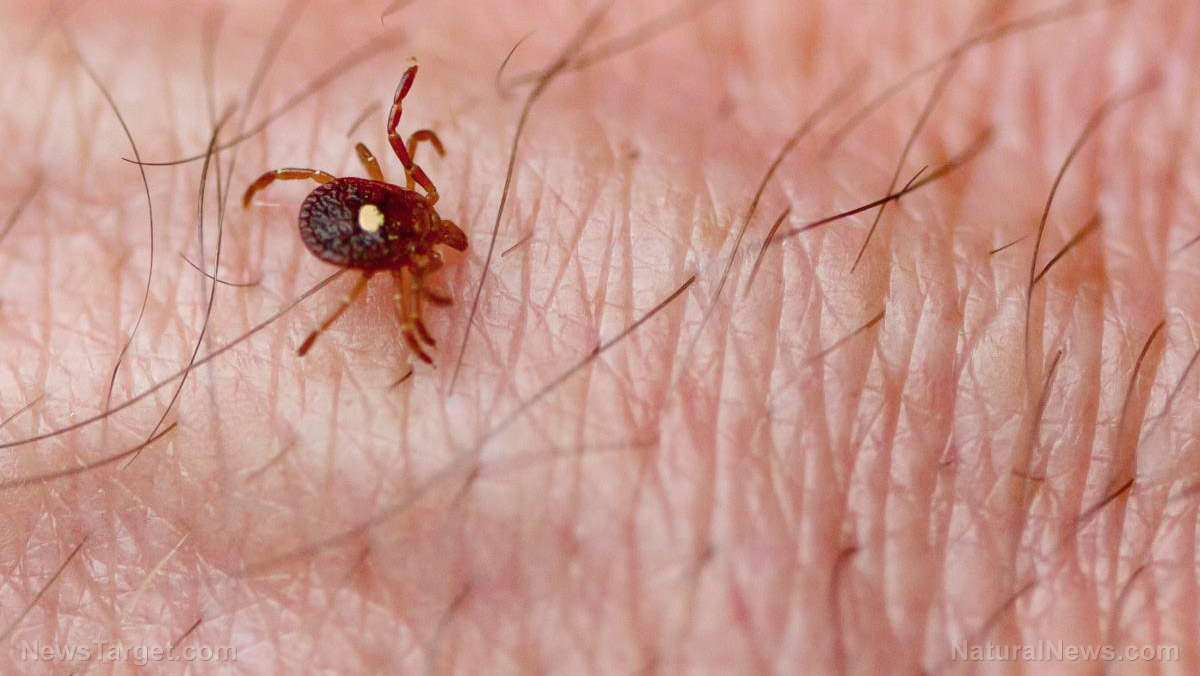Are your clothes contributing to pollution? Synthetic fibers release tiny pieces of plastic into the environment
06/13/2019 / By Lance D Johanson

One of the most disgusting sights in our world today is heaps of trash, floating around in the ocean. Even though large pieces of plastic are accumulating in the world’s waterways and forming massive aberrations, it is the presence of micro plastics that is most concerning for human health.
One of the greatest causes of micro plastic pollution comes from the clothes that you wear. Polyester, nylon, and other synthetic fibers release tiny pieces of plastic into the environment. These micro plastics are readily consumed by wildlife and are ultimately ingested by humans. A Penn State materials scientist explains that modern clothing is an invisible yet deeply affecting source of pollution, especially when it comes to interfering with human health.
“These materials, during production, processing and after use, break down into and release microfibers that can now be found in everything and everyone,” said Melik Demirel, Lloyd and Dorothy Foehr Huck Endowed Chair in Biomimetic Materials. (Related: How Plastics are compromising the health of children.)
Modern day clothing releases tiny particles of plastic that silently pollute and interfere with human health
Modern day synthetic clothing is made from petroleum products that are not biodegradable. When these fibers break down, they release micro plastics into the air. These particles cannot be seen with the naked eye. As they silently accumulate in the environment, the plastic pieces become incorporated into plants, mammals, marine life, and humans. Micro plastics are essentially becoming part of the human makeup, turning us into synthetic creatures. It’s hard to measure how these micro plastics interact with cellular processes, how they interfere with healthy physiological processes within the human body, especially hormonal processes. Nonetheless, these plastic particles are now measured in human tissues and the issue will only continue to get worse.
Laundering rapidly breaks down the fibers in the clothes. Lint catchers help mitigate direct pollution of the air, but the fibers will typically be trashed and dispersed back into the environment anyway. Not to mention, front-loading washing machines do not catch lint or microfiber waste. To mitigate the problem, micro plastics should be filtered out at the source, suggests Demirel. Scientists are also studying specific species of bacteria that can break down the plastic particles. In this way, the micro plastic can be reused instead of slowly being dispersed into the environment and colonized into the tissues of multi-cellular organisms.
Scientist suggests that clothing be made from biodegradable natural proteins
To solve the problem of synthetic clothing pollution, Demirel suggests that the clothing manufacturing industry switch to a new blend of bio-synthetic fibers. Natural fibers such as wool, cotton, and silk are clean materials that do not perpetually pollute the environment, but these natural materials require extensive land and water use. Bio-synthetic fibers can be made with fewer natural resources through the entire manufacturing phase. Made from natural proteins, bio-synthetic fibers also do not break down into harmful and pervasive micro plastics.
Demirel believes strongly in the use of bio-synthetic fibers because these do not break down the same way as synthetic fibers and they can be engineered in different sequences to meet a variety of properties. Demirel is the co-founder of a company that has designed a bio-synthetic fiber made out of squid ring-teeth proteins. These natural proteins are sequenced in a way to resemble recycled cotton. The material is biodegradable and self-repairing.
For more on fixing the problem of micro plastic pollution and endocrine disruption, check out Pollution.News.
Sources include:
Submit a correction >>
Tagged Under:
bio-synthetic fibers, clothing, endocrine disruption, environment, human health, lint filtration, marine life, micro plastics, modern clothing, natural proteins, nylon, plastics, polyester, synthetic fibers
This article may contain statements that reflect the opinion of the author
RECENT NEWS & ARTICLES
COPYRIGHT © 2017 ECOLOGY NEWS





















